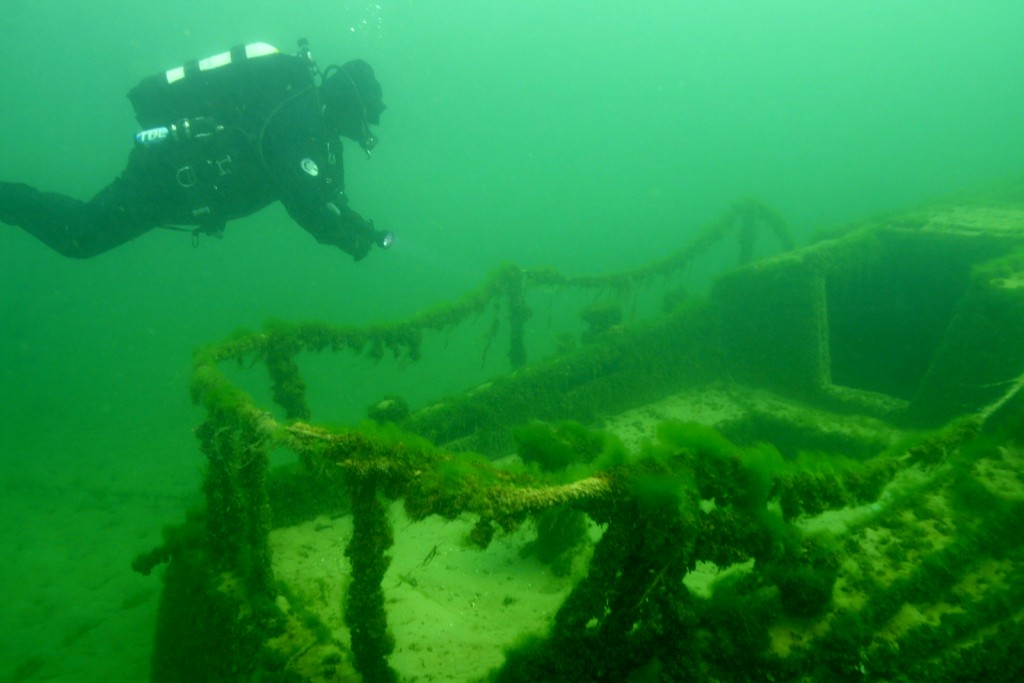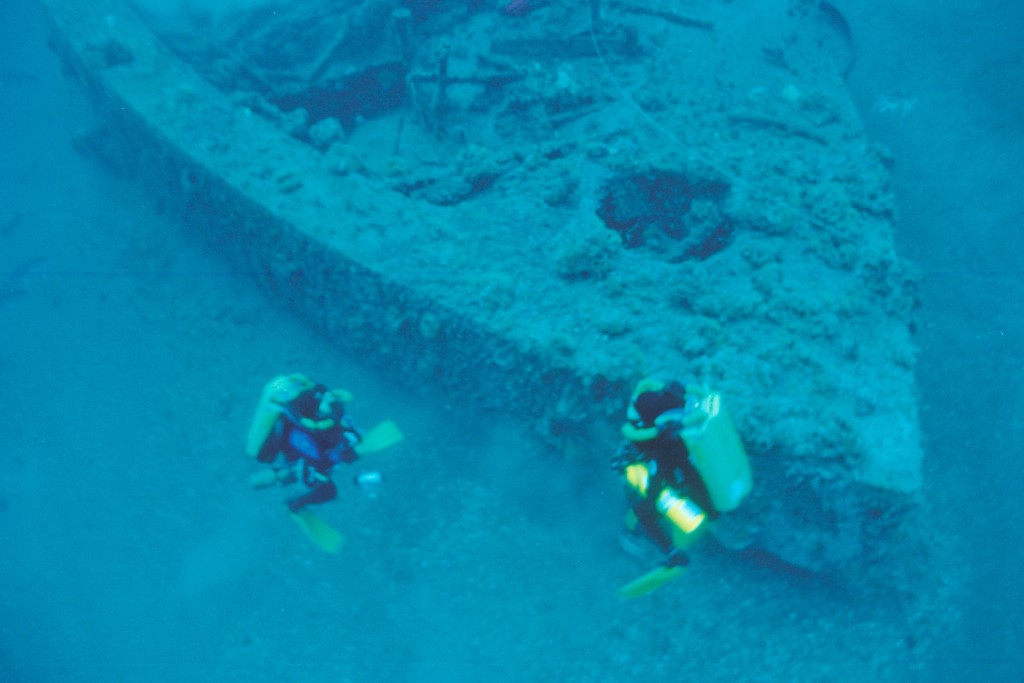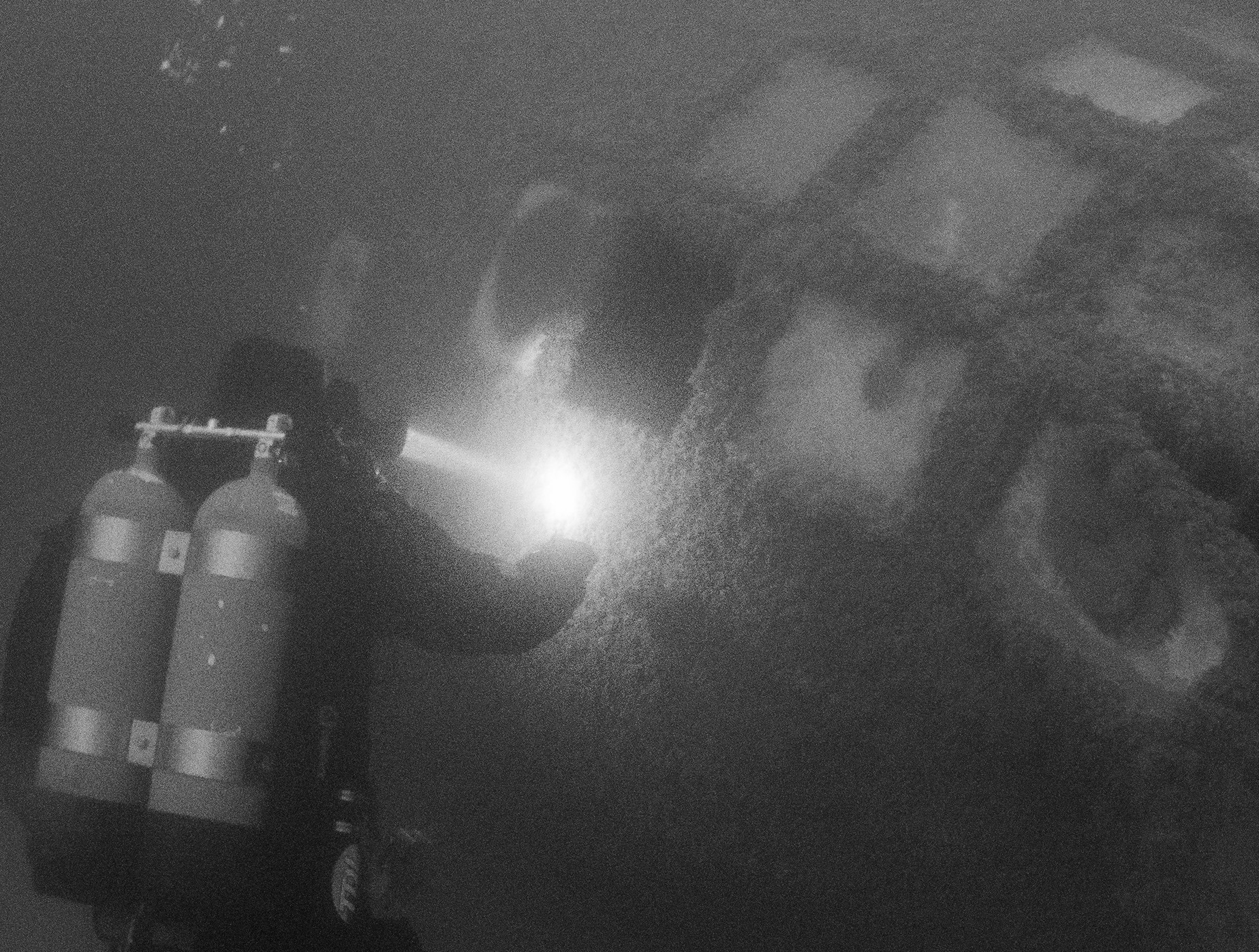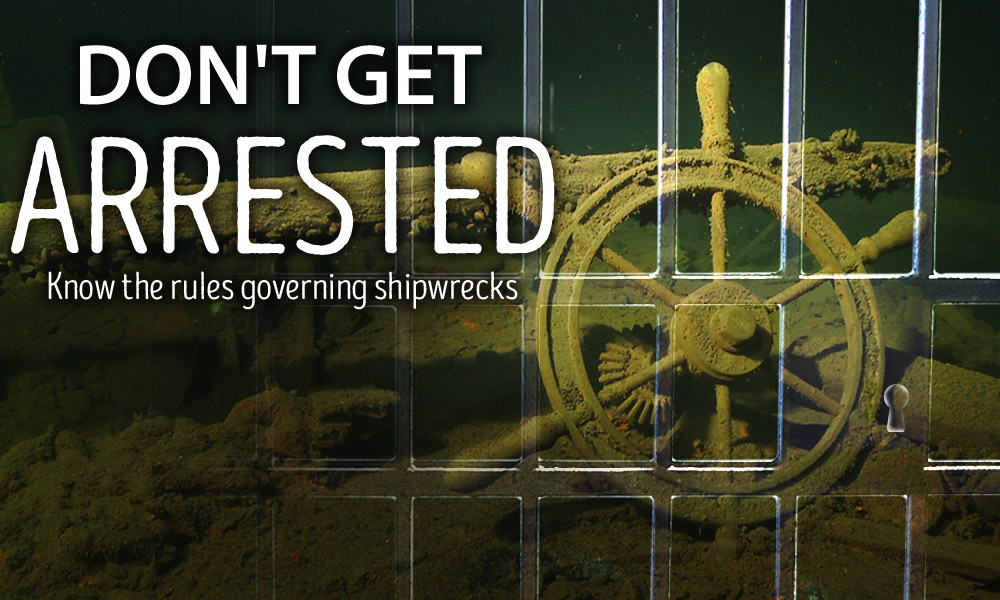People have sailed the seas for thousands of years and many of those ships have fallen prey to storms and collisions, ultimately finding their place at the bottom of the sea. Salvage and recovery efforts have evolved into a romantic yet highly litigious activity. The idea of coming upon a pile of gold doubloons, finding the purser’s safe on an ocean liner, or discovering the military secrets deep inside a warship are some of the fantasies of many divers. But in the search of making those fantasies a reality knowing some of the laws may help keep you out of jail.

That’s right, diving on some wrecks is illegal and can lead to your gear being confiscated, getting fined, and possibly landing you in prison. The laws regarding shipwrecks create a constant confusion among explorers depending on where they are diving. These rules pertain to which wrecks can be dived, and how they are dived. Many wrecks are protected from artifact collection, disturbances, and some if they can even be photographed.
The law of finds and the laws of salvage are key aspects of admiralty law that provide understanding for how a shipwreck’s ownership is established. Salvage laws allow for salvors to take possession of a wreck to save cargo and then negotiate with the vessel’s owners for payment. The laws of finds is a little different. If a ship has been underwater for some years, but its owners have not been recovering its contents, then a new finder may claim the ship and its contents. This is similar to the penny found on the street, but not that simple.

Many laws have also been enacted that claw back shipwrecks into government property. The Abandoned Shipwreck Act of 1987 (ASA) gives the full title of all shipwrecks within U.S. territorial waters to at least three miles from shore. It further purports that the remains of both foreign and domestic ships are protected as though they were never abandoned nor searches ceased after sinking. The ASA applies to ships of historical significance or those that are embedded. Ideally, from these definitions, the lost sunken sports fishing boat may not fall under the ASA, but it might fall under maritime laws of salvage. For divers it is necessary to understand some basics of The Abandoned Shipwreck Act as there is a multitude of interpretations and nuances that affect what is found underwater.
Shipwreck divers love to collect artifacts, especially from military ships. One famous shipwreck, the USS San Diego, a World War I armored cruiser sank in 1918 off the Long Island Coast of N.Y. in 110 feet of water. In 1962 the U.S. Navy sold it to a salvage company who planned to recover the scrap metal. Local organizations fought against the project and it was eventually abandoned. For almost forty years shipwreck divers explored and recovered artifacts from this historic site, making it one of the most popular dive locations in the United States. However in 2006 the USS San Diego was listed on the National Registry of Historic Places and it became illegal to collect artifacts.
Another law protecting ships is the 2004 Sunken Military Craft Act (SMCA). This act protects and preserves all sunken military craft that is owned by the U.S. Government as well as foreign governments. The reach of SMCA is within U.S. waters and extends twelve miles from the coastline. The penalties for disturbing a ship protected under SMCA can carry fines as much as $100,000 for each violation. While many military ships can still be explored freely by divers, some require permits.
The Civil War ironclad, USS Monitor, is protected under the National Marine Sanctuary Act of 1972 (NMSA), administered by the National Oceanic and Atmospheric Administration (NOAA). The Monitor was designated the first marine sanctuary in 1975 and requires a special-use or research permit for diving. Shipwreck explorer Gary Gentile sued NOAA in 1989 when he had been denied a permit after eleven applications. While Gentile was ultimately granted a permit, his lawsuit established ongoing tensions between shipwreck explorers and the government. The NMSA covers about 170,000 square miles of U.S. waters that contain shipwrecks and many are fully protected and require permits.

The National Park Submerged Recourses Center and the Submerged Cultural Resources Unit (SCRU) have maintained stewardship of culturally significant wrecks located within National Parks since 1980. The NPS manage highly protected sites such as the USS Arizona Memorial in Hawaii and the B-29 Bomber in Lake Mead. The NPS is also responsible for managing the more than 142 listed on the National Register. National Parks have specific diving rules to protect these sites but encourage divers to enjoy sites that are accessible.
But how does all of this affect the average scuba diver who just wants to dive shipwrecks? First, most commercial dive operators are familiar with the rules that affect the shipwrecks on their dive destinations. Those who are running expeditions and have permits for specific sites will inform their clients of any restrictions. And should you come across a wreck that you found all on your own consult with a maritime attorney to understand your rights before shouting about it on social media. Other countries have rules and it’s important to understand those as well.
The laws that revolve around shipwrecks serve a dual purpose, first to help protect what is rightfully owned by someone, and secondly to help preserve the integrity of historically significant sites for future divers to see. While some of the oversight is overreaching, there may be some benefit of the protection. Shipwreck diving is one of the most exciting and rewarding types of diving we can do. Recreational and technical divers can get an glimpse of our past, and gain an understanding of the fragility of sailing the seas.
[hr style=”single”]
To find out more about International Training, visit www.tdisdi.com.
























 The diving world thrives on passion and adventure, but for many dive store owners, the financial and operational challenges can be as deep as the ocean.
The diving world thrives on passion and adventure, but for many dive store owners, the financial and operational challenges can be as deep as the ocean.




















